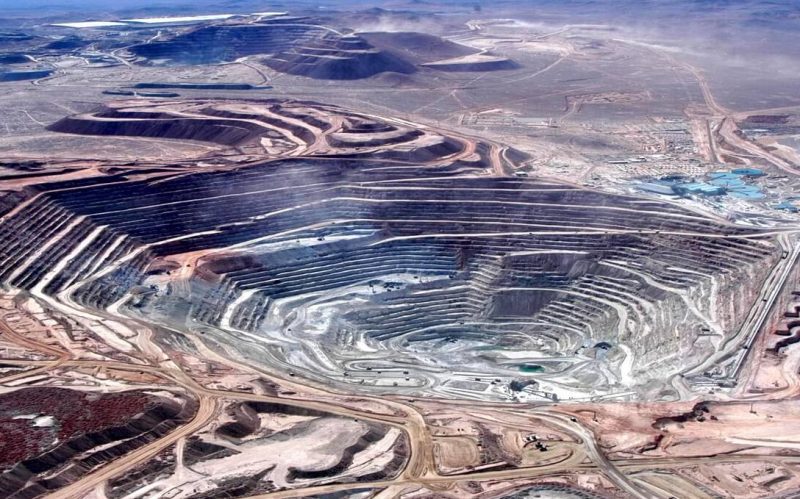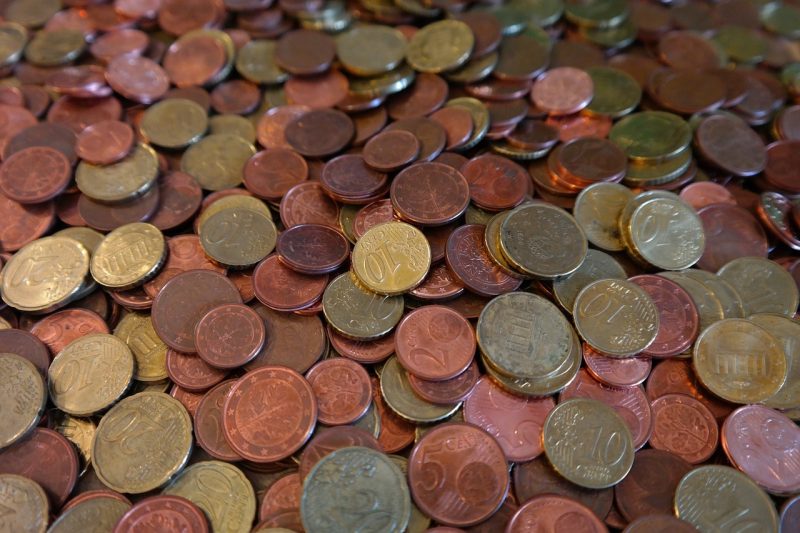The copper It is a transition metal with a reddish color and metallic luster. Transition metals are the chemical elements found in the central part of the periodic table.
Copper is the most widely used material both to make electrical cables and other electrical and electronic components, due to its high electrical conductivity and its malleability.
It is the third most consumed metal in the world, after iron and aluminum.
Where is copper obtained from?
Open mines and pyrometallurgical processes
Copper is obtained from mines, where it is found in a very low concentration (between 0.4 and 1% copper). World production is 18.7 million tons per year of fine copper. The main producing countries are Chile, China, Peru, the United States and the Democratic Republic of the Congo.
The priometallurgical process has several stages:
- Fusion to kill. A liquid matte of 50% to 60% copper is obtained thanks to a furnace that reaches 1,250 degrees.
- Mata conversion. Oxygen is injected into the liquid mat and temperatures above 1,200 degrees are reached, obtaining blister copper.
- Reducer refining. Oxygen is removed from blister copper by transfer with propane gas, which burns along with oxygen. In this way, the metal obtained has a purity of 99% copper.
- Electrolytic refining. It is used to make 99.99% pure copper. The refining takes place thanks to electrolysis at low potentials.
Open mines and hydrometallurgical process
The same copper obtained from mines can be refined by a hydrometallurgical process, in three stages:
- Leaching. Large quantities of minerals are piled up and watered with acidic solutions. The acids extract the copper, which is collected under the pile, thanks to the action of gravity.
- Purification and concentration. Copper is extracted from the leaching solutions, thanks to organic solvents, obtaining a concentrated copper solution.
- Electrolysis. The concentrated solution is electrolysed with stainless steel cathodes. Solid copper with a purity of 99.99% is obtained.
- Recycling. Copper is 100% recyclable. When the waste is pure copper, it melts directly. If the residue contains oxide, they also melt, forming anodes that will become purer thanks to electrorefining. When it is obtained from alloys such as brass or bronze, it is melted, extracting the copper, and it goes through the refining process again.

Physical properties of copper
- It is the second element with the highest electrical and thermal conductivity, after silver.
- It is abundant in nature.
- It is recyclable indefinitely.
- It can form alloys with other metals.
- It is resistant to corrosion and oxidation.
Mechanical properties of copper
- It is easy to machine.
- It is ductile and malleable, allowing the manufacture of very thin thread and layers.
- It is a soft metal.
- Supports lamination and welding processes, as well as heat treatment.
- Its mechanical properties improve at low temperatures.
Uses and applications of copper

- farming. As copper sulfate it is used as a fertilizer and pesticide, as well as a preservative of the mother.
- Coins. Since ancient times it was used in the manufacture of money.
- Electricity. It is used for electrical cables and in generators, motors and transformers.
- Telecommunications. Telephone cables are also copper.
- Computing. Computer equipment has copper in its integrated circuits and internal wiring.
- Means of transport. It is used in radiators, as well as in the cables of electrical components.
- Construction. It is used in water pipes for its resistance to corrosion in addition to its antibacterial properties. Replaces lead, which can cause poisoning.
- Ornamentation. It is used in the construction of facades, roofs, doors and windows, with a decorative function. It is also used as copper sulfate for the decoration of tiles and ceramics.
Copper alloys
There are more than 400 copper alloys, used for different industries and uses. The main ones are:
- Brass. Copper with zinc and 2% or 3% of other metals. Brass has greater resistance to corrosion than pure copper. It also allows hermetic connections. It is used for water, heating and gas pipes.
- Bronze. Copper with tin. Bronze has greater hardness, durability, and resistance to corrosion than copper. It is used in foundry products.
- Alpaca. Copper with nickel and zinc. Also called German silver, nickel silver is used to make cutlery, coins, and musical instruments. It is also used in power plants and in the chemical industry for its resistance to corrosion.
